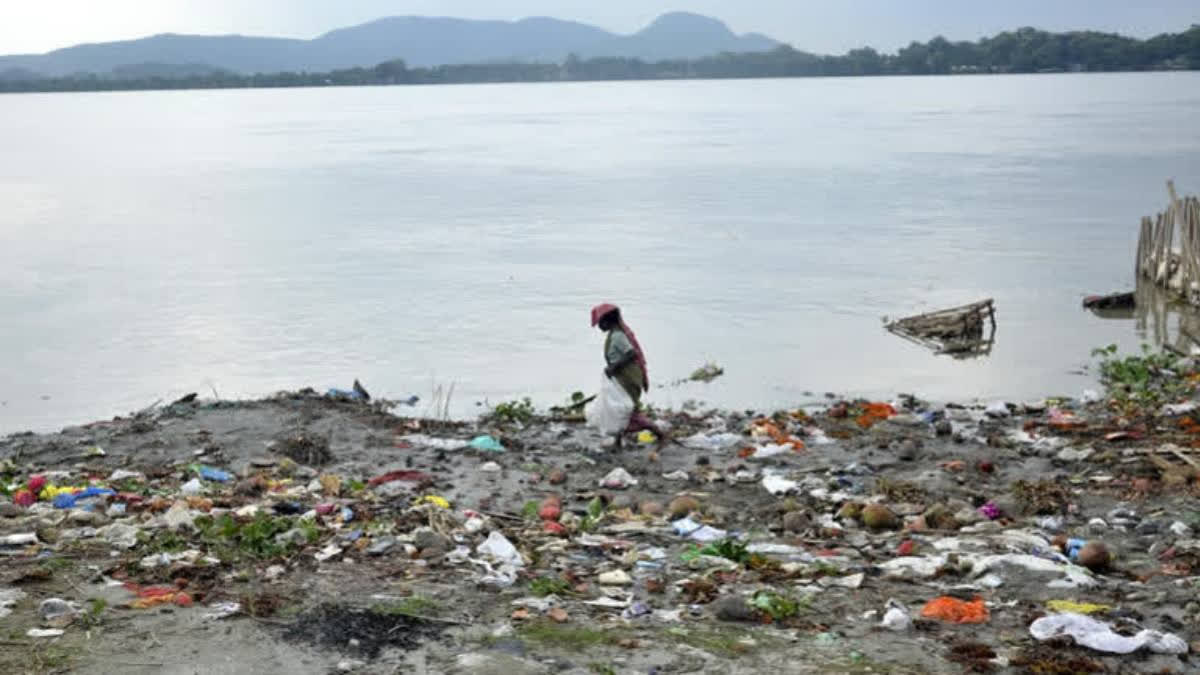Hyderabad: A recent study has revealed that oxygen levels in the Bay of Bengal are significantly dropping in areas where the polluted waters of the Godavari River flow into the sea. The 10-kilometre stretch near the river's mouth has been identified as a critical hypoxic zone, posing severe threats to marine ecosystems.
The collaborative research, led by Dr Sreejith from the CSIR-National Institute of Oceanography (Goa), included contributions from Dr Feba Francis of the University of Hyderabad and Dr VVSS Sharma of the National Institute of Oceanography (Vizag). Their findings were published on November 4 in the international journal Frontiers in Marine Science and highlighted by the University of Hyderabad in a statement on Thursday.
Key Causes
The study identified multiple sources of pollution contributing to the oxygen depletion:
- Organic debris, including fallen trees and other matter carried by the Godavari, increases the organic load in seawater.
- Pollutants such as petrol and diesel residues from motorboats exacerbate the issue.
Impact on Marine Life
The hypoxic conditions endanger aquatic ecosystems, particularly fish and other marine organisms reliant on oxygen-rich waters. Experts warn of potential biodiversity loss and disruptions in the food chain if pollution persists.
Call for Action
The researchers emphasised the urgent need for measures to combat pollution in the Godavari River to mitigate its downstream effects. Recommendations include:
- Stricter regulations on pollutants entering the river
- Encouraging sustainable practices among fishermen using motorboats
- Public awareness campaigns to address river and marine pollution
The study highlights the interconnected nature of riverine and marine ecosystems and urges immediate action to preserve the Bay of Bengal's marine environment.
Read More



